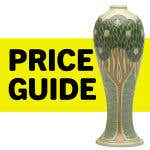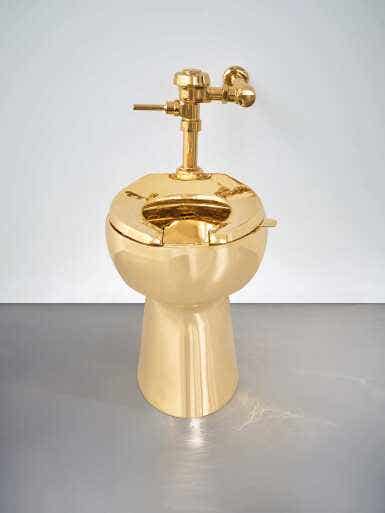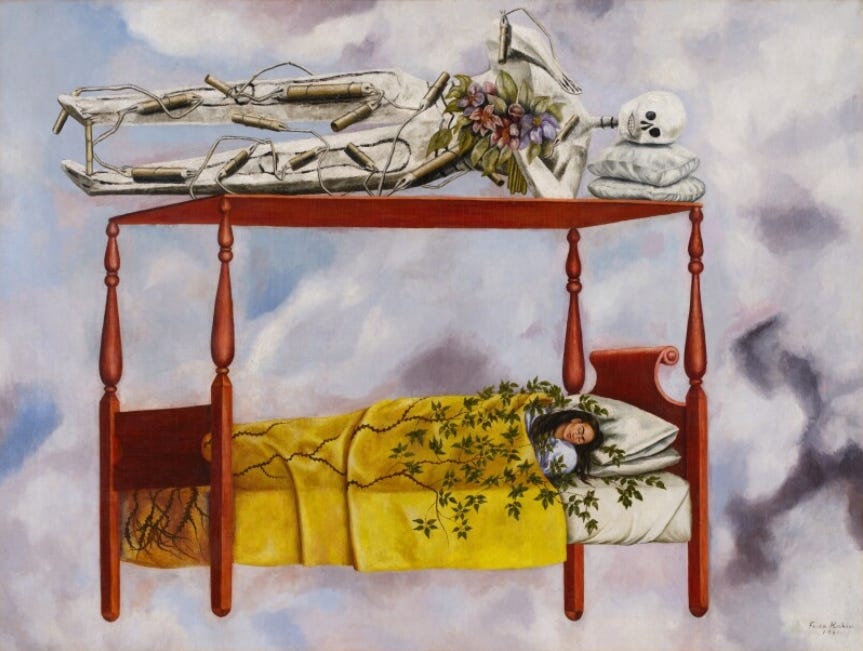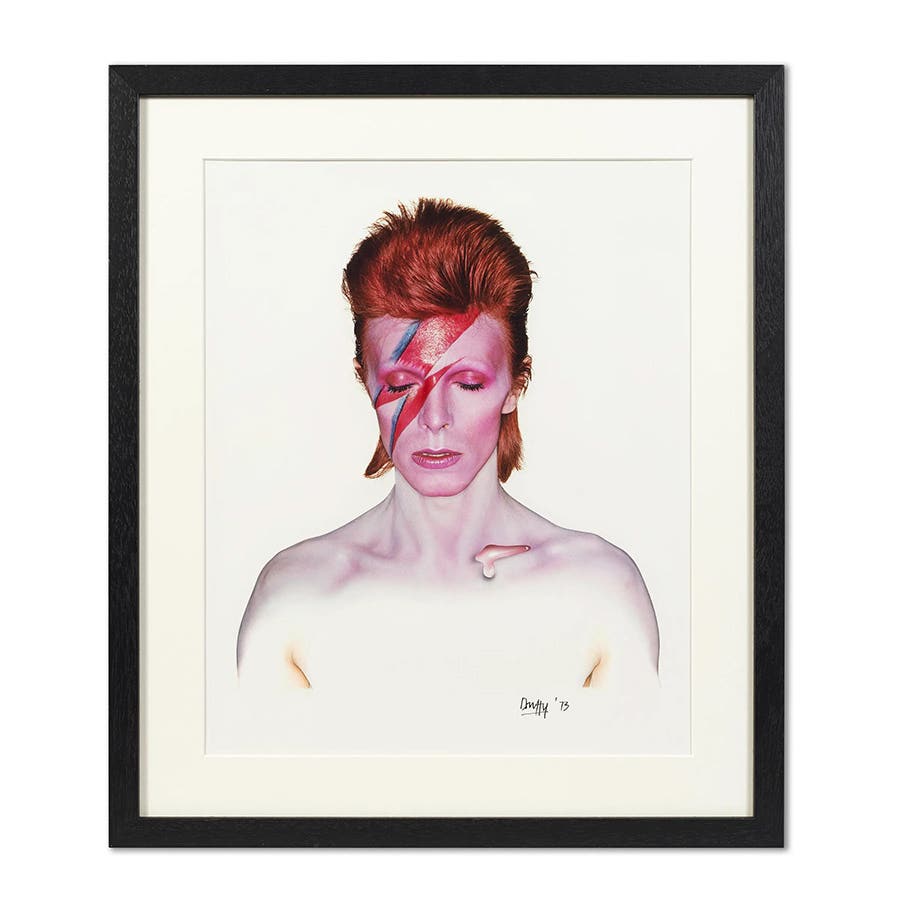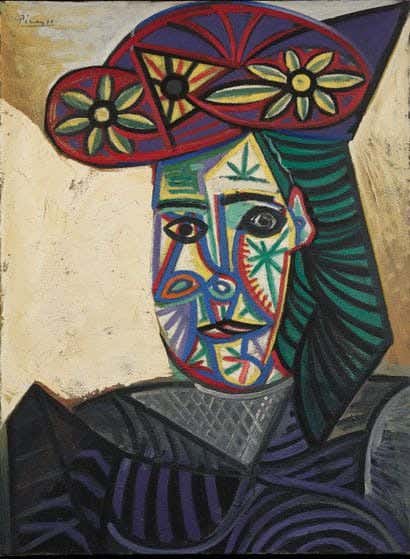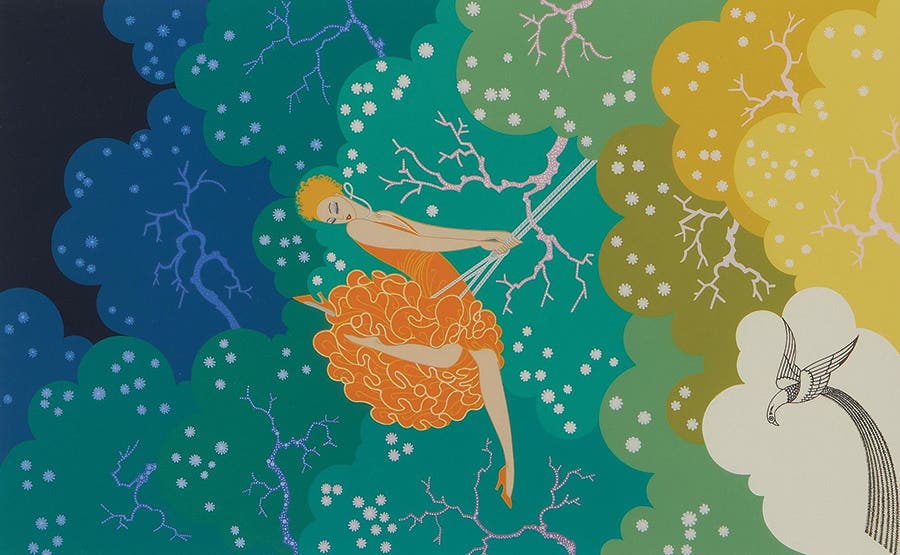It’s No Illusion: Auction of M.C. Escher Auction Sets Records
An auction of prints and drawings by M.C. Escher brought in appropriately big numbers for an artist known for his sense of mathematics.
As the end of summer approaches and students prepare to go back to school, the works of Dutch artist M.C. Escher appear in places like math textbooks and dorm posters. They were also the focus of a recent online auction by Christie’s New York, “M.C. Escher: The Art of Infinity,” which closed July 22. Held to benefit the Robert Owen Lehman Foundation, which supports art education and appreciation, the auction comprised 65 of Escher’s works on paper, many of which beat the artist’s previous auction record.
The previous auction record for an Escher work on paper was set at Bonhams in November 2023, where a pen-and-ink drawing on paper of “Siena” sold for $91,940. The top lot at the “Art of Infinity” auction, a pencil drawing of Escher’s print “Reptiles” circa 1943, sold for a whopping $529,200 against a high estimate of $150,000. Most of the lots surpassed their high estimates, with many selling for double or more. The top-selling print, “Concentric Rinds (Concentric Space Filling/Regular Sphere Division)” sold for $302,400, over 10 times its high estimate of $18,000.
wood engraving, on wove paper, 1953, signed in pencil, annotated 'eigen druk', with margins. Image: Christie's.
The lots came from Robert Owen Lehman Jr.’s personal collection. In a statement from Christie’s Press Centre released before the auction, he said, “I will be forever grateful to the Dutch polymath for the joy and fascination he has brought to me and my family over the years,” but “I look forward to seeing these great works by the artist move on to new collectors.” Lindsay Griffith, Head of Prints and Multiples Department at Christie’s New York, called the collection “unprecedented” and celebrated Escher as “a skilled artist who seamlessly bridged the worlds of art, mathematics, and science…Today, his influence remains as important as ever.”
Escher’s use of concepts like tessellation, reflection, and infinity, with some works directly inspired by the work of mathematician Roger Penrose, has long made him a favorite of math teachers, including Kovels co-founder Terry Kovel. He has plenty of fans among young collectors, too; Christie’s reports that “Millennials and Gen Z accounted for 28% of total participants.”
You may also like:
